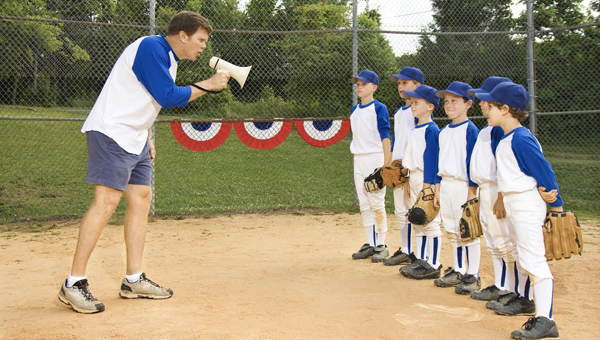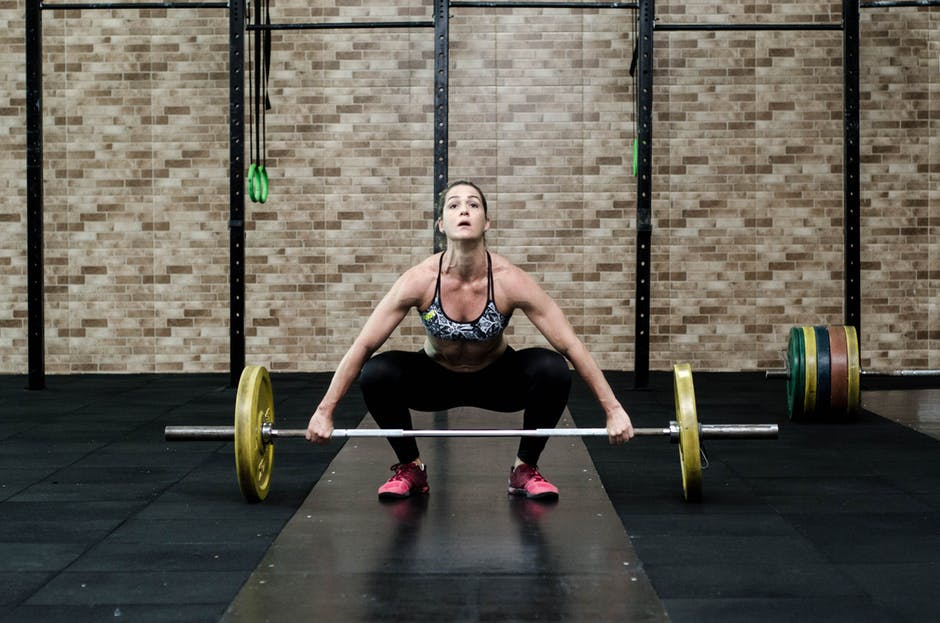There has been a debate for some time on the “best” way to train acceleration. Some authors argue for specificity (i.e. short sprints), some argue for resisted sprinting (i.e. make the short sprinting motion more difficult), some feel that strength training is important (more strength means a greater ability to overcome inertia and therefore accelerate), and some feel that plyometrics are more important (stretch shortening cycle). Lockie et al investigate this in the June issue of the Journal of Strength and Conditioning Research by investigating the adaptations from free sprint training, weight training, plyometric training, and resisted sprint training and these can influence acceleration in field sport athletes. The authors studied 35 men who participated in field sports. The subjects trained twice a week for six weeks in one of four groups:
- Free sprinting: 30 to 120 meter sprints, total volume and distance of each sprint increased over the six weeks
- Resisted sprinting: free sprinting workouts run with 12.6% of bodyweight added to the athlete
- Plyometrics: box jumps, bounds, hops, hurdle jumps, and drop jumps. Volume was increased each week.
- Strength training: squats, step-ups, hip flexion, and calf raises of 75-90% (resistance increased each week).
At the end of six weeks:
- All four training protocols increased sprinting velocity over the first ten meters, ranging from a 4% increase (plyometrics) to an almost 7% increase (strength training).
- All four training protocols increased stride length over the first ten meters, ranging from a 8% increase (plyometrics) to a an almost 17% increase (free sprinting).
- The training protocols had a mixed impact on contact time over the first meters: plyometrics and resisted sprinting reduced by an insignificant amount (less than 1%), the other groups increased contact time by 3-5%.
- The training protocols had a mixed impact on flight time over the first ten meters: resisted sprinting did not change, the other groups reduced their flight time by around 2% (free sprinting and plyometrics) and 5% (strength training).
- All training protocols improved power as measured by the reactive strength index (40cm drop jump height x contact time during the drop jump), ranging from a 10% increase (plyometrics group) to an almost 20% increase (free sprinting group).
Based upon the improvements, some general conclusions can be drawn. All training protocols are effective, though some may be more effective at targeting specific variables. For example, if the desire is to increase stride length and stride frequency, then free sprinting might be more effective. When seeking to increase velocity over the first ten meters, resisted sprinting and strength training were slightly more effective. According to the authors, each training protocol has a role in acceleration training. For example, free sprinting increased horizontal and reactive power. Plyometrics and resisted sprinting focuses on reactive power. Strength training increases strength. In other words, all training modes are important for a well-rounded training program that seeks to increase acceleration in field sport athletes.
Lockie, R.G., Murphy, A.J., Schultz, A.B., Knight, T.J., and de Jonge, X.A.K.J. (2012). The effects of different speed training protocols on sprint acceleration kinematics and muscle strength and power in field sport athletes. Journal of Strength and Conditioning Research, 26(6), 1539-1550.


